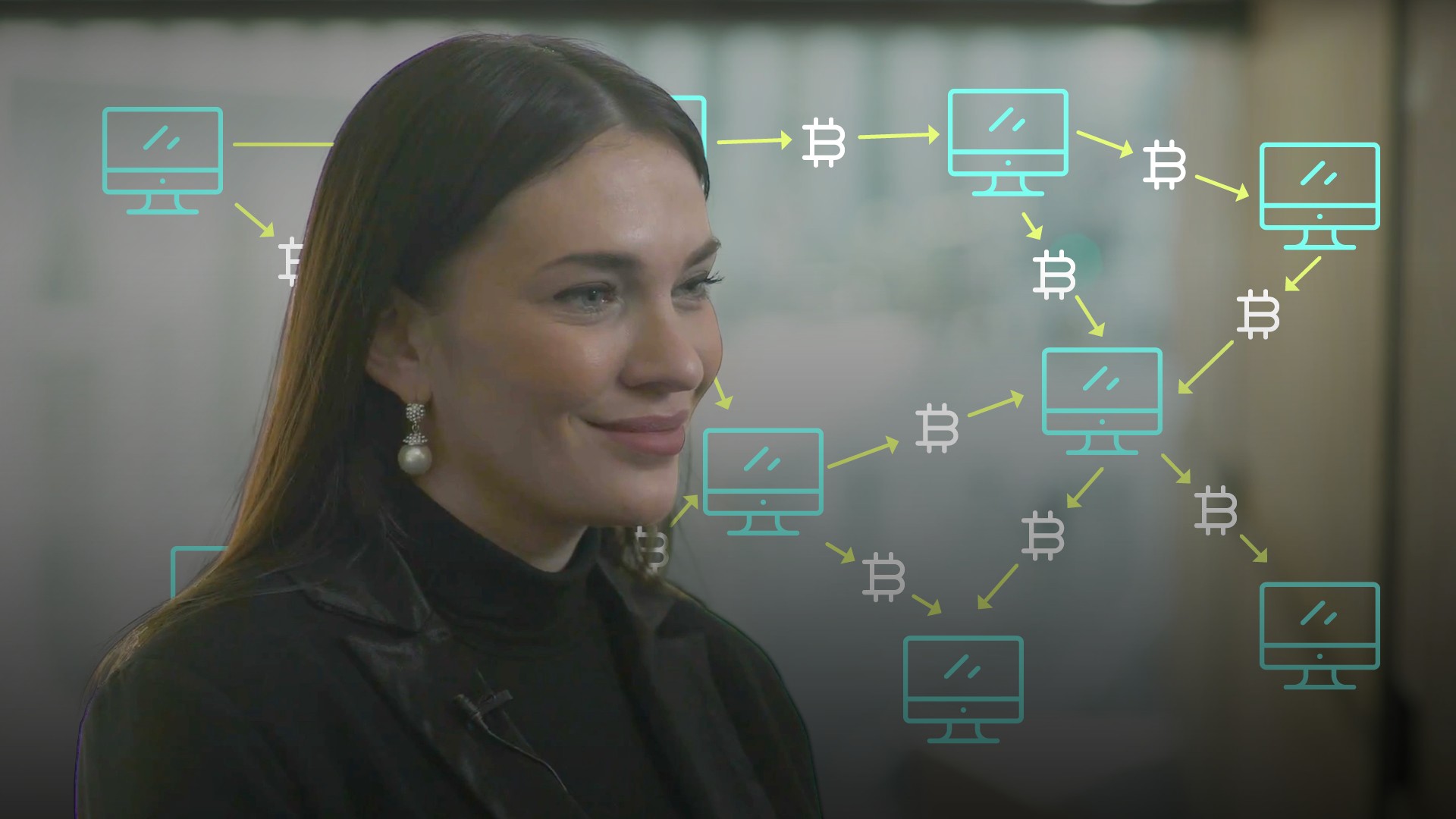
Introduction to Blockchain Technology

Catherine Thomas
Financial technology specialist
Catherine explains blockchain and distributed ledger technology. In this video, she describes how these technologies apply to central bank digital currency, protocol and privacy.
Catherine explains blockchain and distributed ledger technology. In this video, she describes how these technologies apply to central bank digital currency, protocol and privacy.

Introduction to Blockchain Technology
7 mins 13 secs
Key learning objectives:
Explain what is blockchain, DLT, CBDC, smart contracts, Ethereum, Protocol, and Open Source
Explain how blockchain and DLT are useful
Explain whether blockchain increases or decreases users’ level of privacy
Overview:
Blockchain is a public ledger where all transactions are recorded and monitored anonymously. Blockchain’s features prevent double spending, alteration, and do not require external monitoring. Distributed Ledger Technology (DLT) is data that can be adapted to improving security, innovation, resilience, and efficiency due to its high degree of transparency.
What is blockchain?
Blockchain is often used as the overarching term, but a simple way to view it is blockchain is one type of distributed ledger technology.
Blockchain is a growing list of linked records, called blocks. Each block contains a cryptographic hash of the previous block, a timestamp, and transaction data.
How is blockchain useful?
There are a few features that make blockchain so useful:
- Inability to be altered - Due to the fact that each block contains a cryptographic hash of the previous block, it is not possible to modify a block without modifying all subsequent blocks, therefore it is unable to be altered retrospectively.
- No external monitoring - This is due to the fact that every user has their own copy of all the transactions and blocks, and any new information or transactions is automatically sent to the entire network. This means that information cannot be altered by anyone as it is not stored by an individual entity.
- No double spending - It prevents the ability to reproduce a unit of value and confirms that each unit was only transferred once.
What is distributed ledger technology?
Distributed ledger technology (DLT), is a consensus of replicated, shared, and synchronised digital data, spread across multiple sites, countries, or institutions.
How is distributed ledger technology useful?
- Security - As a distributed log of records, there is greater transparency, making fraud and manipulation more difficult, and it is more complicated to hack the system.
- Innovation - DLT could fundamentally disrupt many sectors including the financial sector, making it more efficient, resilient and reliable. Banks manage a huge amount of data under strict regulations, and distributed registries could help with cost savings and the elimination of inefficiencies.
- Increase resilience - It can improve resilience by eliminating central points of failure, as multiple parties will share replicated data and functionality.
- Increase efficiency - It can expand the use of straight-through processes.
What is central bank digital currency?
Central bank digital currency (or CBDC) combines distributed ledger technology infrastructure with the trust inherent in existing fiat currencies, as it issues digital tokens on a distributed ledger. The central banks typically use “permissioned” blockchains, where participants are limited and must be granted access to participate in the network and view the set of transactions.
Does blockchain increase or decrease privacy?
The debate if blockchain is the most transparent type of recording data, or the most private way to transfer value is core to many use cases. The answer is blockchains are configurable and can be designed in different ways.
For example, while in the Bitcoin network you do not have to reveal your personal details in the same way as a banking transaction, the identity of users can be uncovered relatively easily. While other privacy-oriented tokens, like Monero or Zcash, offer greater degrees of privacy as it ensures your personal and transaction data remain completely confidential.
What are smart contracts?
Smart contracts encode rules in a programmable language onto the blockchain and are enforced by the participants of the network. Both the source and the execution of this code is cryptographically verifiable, its correct execution is ensured by all nodes in the blockchain network and it can affect changes in the data on that blockchain.
What is Ethereum?
Ethereum is an open-source, public, blockchain-based distributed computing platform and operating system with smart contract functionality.
What is a Protocol?
A Protocol is a set of rules for exchanging data over a network. In the blockchain sector, a protocol is a software governing interaction between humans, machines and AI, particularly data and value exchange.
What is Open Source?
Open Source is software that uses an open development process and is licensed to include the source code to study, change, and distribute the software free of any restrictions.
It encourages collaborative development and, since code may be audited by anyone, is the most reliable way to write secure software.

Catherine Thomas
There are no available Videos from "Catherine Thomas"

